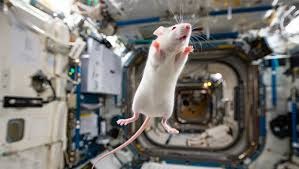China is preparing to conduct its first-ever mice experiments in space, aiming to study the effects of microgravity and confined environments on animal physiology. Four mice will be raised on the space station by the Shenzhou-21 crew, providing valuable insights into stress, adaptive changes, and health in space conditions.
China’s Shenzhou-21 mission, launching from the Jiuquan Satellite Launch Center, will mark a milestone in orbital research as the crew conducts in-orbit experiments with four mice—two males and two females. This is the first time Chinese scientists will study rodent mammals aboard the space station, signifying a leap forward for the country’s life sciences research in space.
The key objective is to observe how microgravity and the closed environment influence the behavior, stress responses, and adaptive changes of the animals. After the mission, the mice will be returned to Earth for further tissue and organ studies by research teams. The outcomes may offer insights into maintaining health, managing stress, and supporting long-duration human spaceflight.
Alongside the mice experiments, the Shenzhou-21 crew will undertake 27 innovative scientific projects, highlighting China’s commitment to expanding knowledge through ambitious applications of space technology.
Key Highlights:
Shenzhou-21 mission will carry four mice to orbit for in-situ experiments.
Primary research focus: microgravity’s impact on behavior, stress responses, and adaptation.
Mice to be observed during flight and subjected to further research post-mission.
Study aims to improve understanding of health management for future long-term human missions.
Part of a broader research agenda spanning 27 scientific projects by the crew.
Reinforces China’s status as a global leader in space-based life sciences.
Sources: Xinhua, China Daily, BSS/AFP, United News of India
